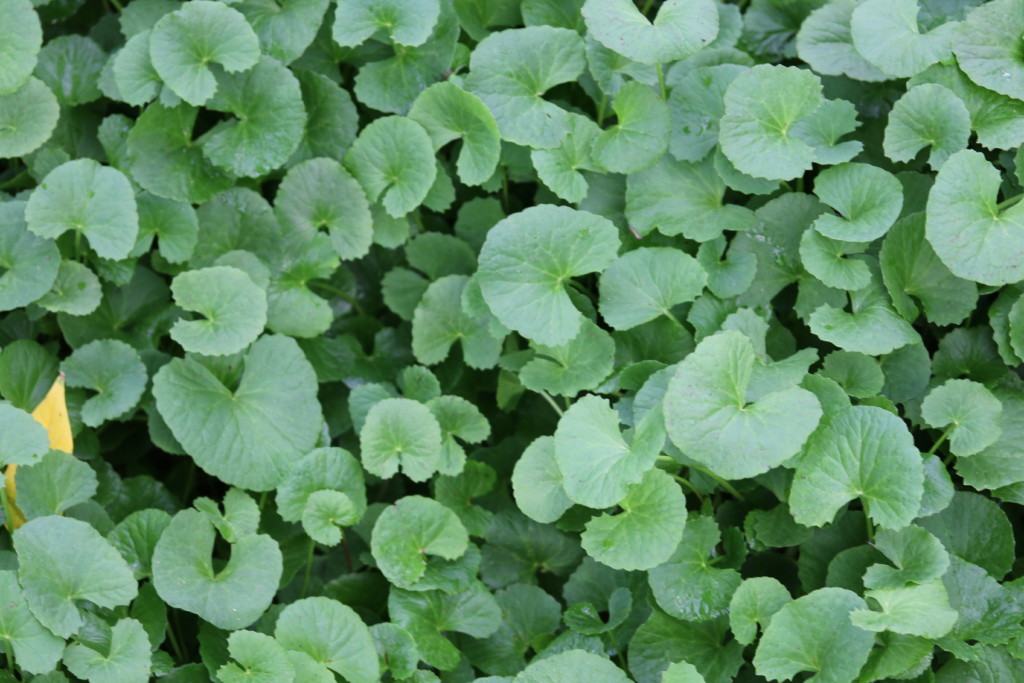
A large number of plants have been used for medicines on every continent throughout history. An estimated 35,000 to 70,000 plant species have been used for medicinal purposes. Although modern synthetic drugs are mostly used in the United States, the use of herbal products and plant-based dietary supplements are also well-accepted and gaining popularity. Moreover, some medicinal plants are still the sole source of essential or effective ingredients for many modern synthetic drugs. Amid the COVID-19 crisis, the global market for Herbal Medicines estimated at US$110.2 Billion in the year 2020, is projected to reach a revised size of US$178.4 Billion by 2026. The ever-increasingly high health care cost may have been one of the driving forces for the recent and continued gains in popularity of herbal dietary supplements as an alternative or preventive care method. Driven by these increasing demands, medicinal plants in the U.S.A. have evolved from essentially unknown and minor agricultural plants into attractive economic crops alternative to food and feed crops over the past three decades. The scientists in the Plant System Research are investigating the propagation, cultivation, processing, product development, and isolation of various bioactive compounds, their molecular mechanisms, nanoencapsulation techniques, human metabolism, and anti-cancer screening.
We maintain a large living collection of medicinally important plant species from all over the world in our new ultra-modern greenhouses.
